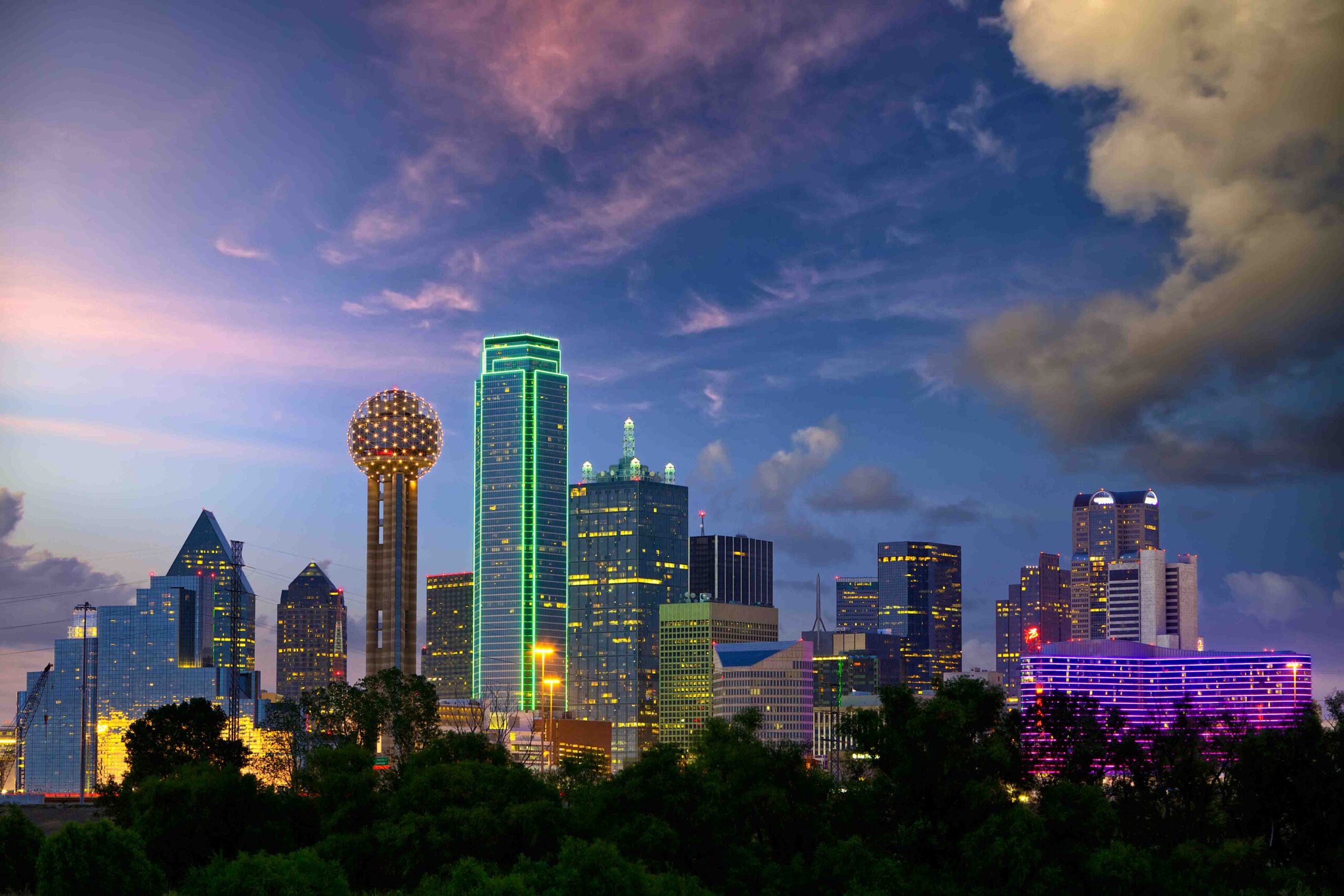Imagine a world where homes and businesses no longer must worry about power outages during storms or natural disasters. What if people were able to still run appliances, cook their food, keep warm, and power the devices that enable them to work remotely and stay connected with their loved ones? This reliability on energy and technology starts with microgrids: incredible, local energy grids that have the power to disconnect from the traditional energy grid and operate autonomously.
At Hover, we believe in a future where people are connected directly to the energy they consume. We envision a world where a natural disaster or crisis does not put people at risk of a power outage. We know that together we can make our planet a better place to live. One that is reliable and safe. It all starts with transitioning our energy consumption to more sustainable methods – and microgrids are the perfect place to start.
According to the U.S. Department of Energy Microgrid Exchange Group, microgrids are defined as a group of interconnected loads and distributed energy resources within clearly defined electrical boundaries that act as a single controllable entity with respect to the grid. A microgrid can connect and disconnect from the grid to enable it to operate in both grid-connected or island mode. What does this mean and why does it matter, though?
Every time we flip a light switch, plug a device into a power outlet, or run our air conditioning, we are using energy. This flows to our home through a network known as the “power grid.” First, the energy is generated, often through coal, water, or natural gas, and then it is converted into a high voltage for distribution. Using power lines and towers, the electricity is delivered to the consumer, people like us who use energy daily. When everything in the grid system is functioning as it should, our homes or businesses can operate normally. What happens, though, when there is a storm, a natural disaster or a telephone pole falls? During an outage, microgrids can become electrically isolated from the main grid allowing people to continue using power as they normally would even when the larger grid goes out.
Many successful microgrids combine the usage of solar, wind, and battery storage to ensure reliability. A microgrid not only provides backup for the grid in case of emergencies, but can also be used to cut costs, or connect to a local resource that is too small or unreliable for traditional grid use. This allows communities to be more energy independent and, in many cases, more environmentally friendly.
Other benefits of microgrids include, improvement of the operation and stability of the regional electric grid, reduced grid congestion and peak loads, increased access to energy and capacity, use and creation of local energy resources and jobs.
At Hover, we are making a way for microgrids to be a reality for people. With our new, disruptive renewable energy technology, we are making it possible for people to no longer be dependent on the grid or its costs. The combination of our technology and energy storage systems means the need for the macro-grid can finally be eliminated. For more information about Hover Energy, renewable resources, and microgrids, visit our website at https://old-site.hoverenergy.com

